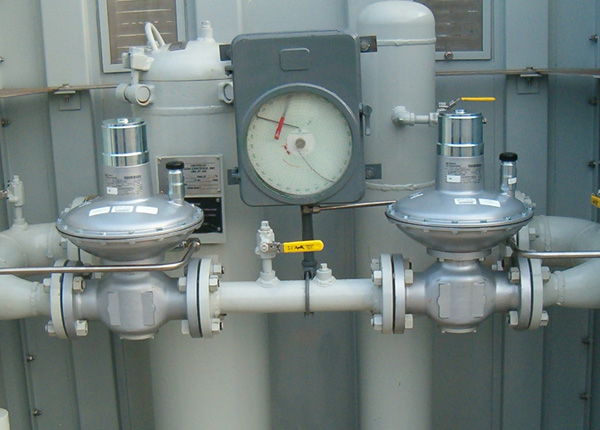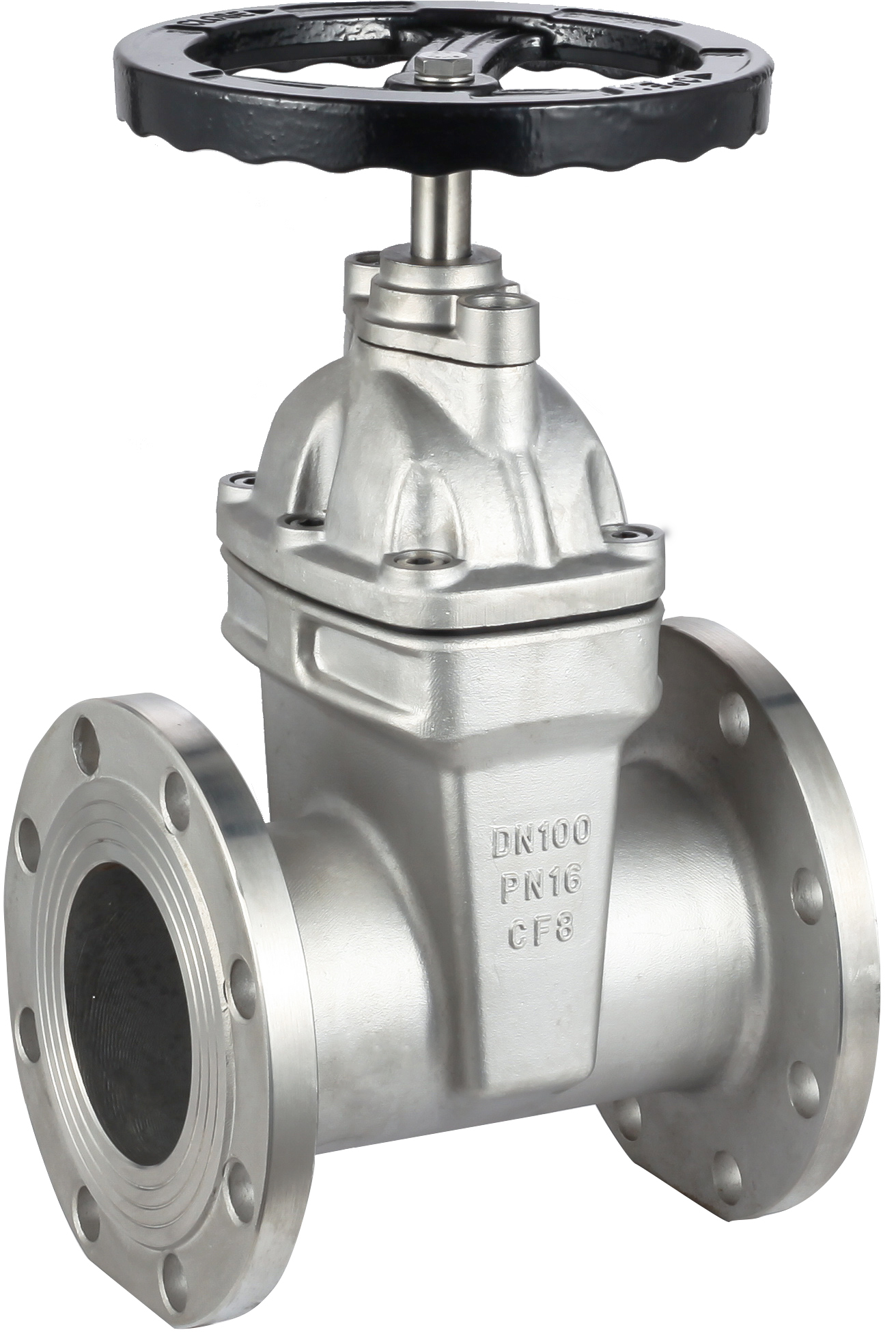What is the difference between electric control valve and pneumatic control valve and how to choose
As the name implies, the obvious difference between the two is that one is controlled by power supply and the other is controlled by air source! Electric control valve uses motor as power, while pneumatic control valve uses compressed air as power. Fundamentally speaking, there is not much difference, just the form of drive is different! The basic error and sensitivity of electric control valve reach 0.3%, and there is no need to establish an additional air source, but its nature is safe. It is suitable for occasions with high explosion-proof requirements. The following introduces the characteristics of electric control valve and pneumatic control valve: Pneumatic butterfly valve
1. Performance characteristics of electric control valve:
The electric control valve is composed of an electric actuator and a control valve. Its main features are:
1. Light weight and beautiful appearance.
2. In terms of function, it can replace many products with incomplete functions, simplify the shape, and solve the shortcomings of complex factory management, complex selection, and large maintenance workload.
3. The adjustable ratio of the electric control valve is large, generally up to 100, and good adjustability can be guaranteed from 10% to 90% of the opening.
4. Smooth action and high reliability can solve the fatal structural defects of large leakage of traditional valves.
5. Excellent on-off characteristics, zero leakage, solving the fatal structural defects of large leakage of traditional valves.
6. Good ability to overcome pressure difference, anti-blocking function, simple flow path, unobstructed adjustment, maximum KV value, and best "self-cleaning" performance.
7. The flow characteristics of the electric control valve are approximately equal percentages. As for the actual working flow characteristics, due to the pressure difference before and after the valve, the actual curve of the traditional control valve will be greatly distorted but relatively small, so it not only has good adjustment performance, but also has good economy and energy saving.
8. Compared with pneumatic control valves, the power supply of electric control valves is convenient and economical, eliminating a series of troubles in establishing a gas source station.
9. The electric adjustment mechanism has high precision, the resolution can reach 1/1000, the operating cost is low, and no maintenance is required.
10. According to the actual use environment, a PTFE-lined ceramic ball valve or a fully lined ceramic hard-sealed ball valve can be used to obtain higher corrosion resistance and m-wear resistance.
Electric control valve
2. Performance characteristics of pneumatic control valve:
The pneumatic control valve is composed of a pneumatic actuator and a control valve. Its main features are:
1. The extruded high-strength aluminum cylinder body, the inner surface is finely ground and hard anodized, with a long service life, low friction coefficient and fast action.
2. The beautiful, compact and modern shape, and the multi-specification series of products make the selection more economical and affordable.
3. All active surfaces are made of high-quality bearings with low friction, long life and no noise.
4. Two independent stroke adjustment mechanisms are installed externally to facilitate the adjustment of the fully open or fully closed position of ±5°.
5. The piston and end cover are made of die-cast aluminum alloy with high strength and light weight.
6. Changing the seal can be used in high or low temperature occasions.
7. A variety of angular stroke and three-position pneumatic actuators can be provided as needed.
8. The control is simple and inherently safe. No additional explosion-proof measures are required.
9. However, its basic error and sensitivity are too low, which needs to be improved.
From the above, we can know that the basic error and sensitivity of the electric control valve reach 0.3%, and there is no need to establish an additional air source. It is not suitable for occasions with high explosion-proof requirements. The basic error and sensitivity of the pneumatic control valve reach 0.5%, and an additional air source station must be established, but it is inherently safe. It is suitable for occasions with high explosion-proof requirements.
Pneumatic control valve
Selection of electric control valve and pneumatic control valve:
1. From the price: the price of pneumatic control valve will be more economical than electric, and only air source is needed as power!
2. From the application occasion: pneumatic control valve needs to be equipped with compressors and other equipment. The advantage is that it has explosion-proof function, simple maintenance, and low failure rate. Therefore, in the chemical, petrochemical and other industries, the scope of use is far greater than that of electric control valve.
3. From the running time: the action of pneumatic control valve is relatively fast, but it requires a stable air source, while the electric control valve will be slower!
4. The electric control valve has high control accuracy, can be used as long as there is electricity, and can have multiple related functions;
5. The pneumatic control valve has low accuracy, requires air supply equipment, and requires signal conversion accessories.
6. The electric control valve is mainly used in power plants or nuclear power plants because a smooth, stable and slow process is required in the high-pressure water system.













